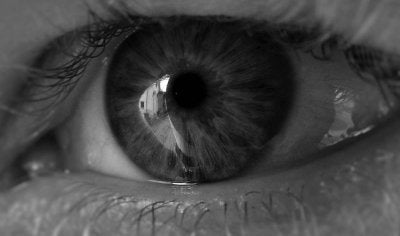If you have diabetes, then your eye doctor in Chicago may speak with you about diabetic retinopathy, an eye problem that can affect diabetics. Continue reading to learn the answers to common questions about diabetic retinopathy. 
What is diabetic retinopathy?
In people with diabetes, progressive damage to the retina, which is the lining at the back of the eye that is sensitive to light, is what ophthalmologists refer to as diabetic retinopathy. This condition is a serious complication of diabetes that can threaten your eyesight.
What causes diabetic retinopathy?
When you have diabetes, your body’s ability to use and store glucose (sugar) is affected, a problem which can lead to high blood sugar levels. When your blood has too much sugar in it, this can cause damage to your tissues, including those of your eyes. Over time, diabetes can harm the blood vessels of each retina, causing blood and other fluids to leak out. As the retinal tissue swells with these fluids, blurred or cloudy vision can result. When left untreated, diabetic retinopathy can eventually lead to blindness.
What are the symptoms of diabetic retinopathy?
When diabetic retinopathy develops, the individual may experience any of several symptoms that include blurred vision, trouble seeing at night, seeing floaters or spots, and having an empty or dark spot in the field of vision. If you notice any of these symptoms, see your eye care professional right away. Although vision loss that results from this condition can be irreversible, early detection can significantly reduce your risk of blindness.
What can I do to prevent diabetic retinopathy?
This eye condition frequently develops without any early warning signs. For this reason, it’s critical to see your eye doctor at least once per year for a comprehensive dilated eye exam. Also, controlling your diabetes can slow the onset and progression of diabetic retinopathy, so work with your doctor to help keep your blood sugar and blood pressure at healthy levels.

